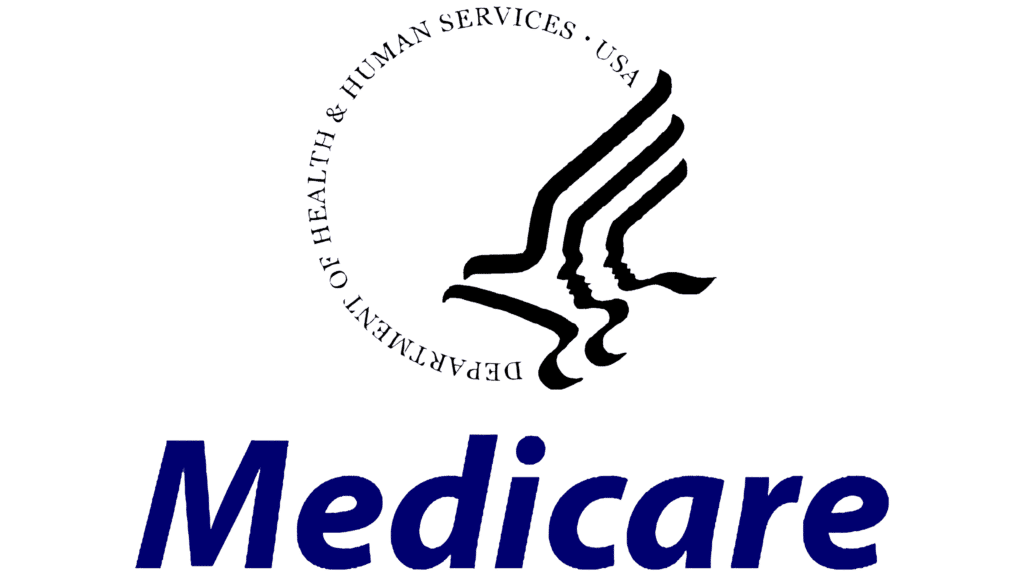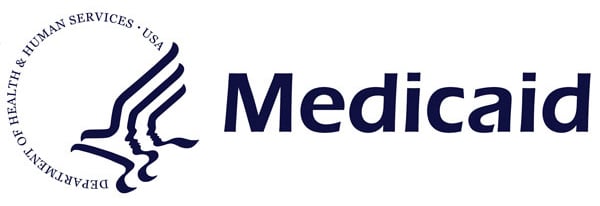In the outpatient psychiatry setting, one issue that often arises is treatment non-adherence—a term that is far more nuanced than its predecessor, “non-compliance.” The term “non-compliance” can carry negative connotations, while “non-adherence” better captures the complexity behind patients not following prescribed treatment plans.
What Is Treatment Non-Adherence?
Non-adherence occurs when patients do not follow their treatment plan as prescribed. This can mean skipping doses, stopping a medication prematurely, or never reaching a therapeutic dose due to inconsistent usage. Importantly, this behavior is rarely intentional. Instead, it often stems from factors like unexpected side effects or a perceived lack of immediate improvement.
What Is Treatment Non-Adherence?
When patients do not adhere to their treatment, the consequences can be significant:
- Symptom Relapse: Depression and anxiety symptoms can return, often more intensely than before.
- Misdiagnosis: Non-adherence may lead to patients being labeled with “treatment-resistant” depression or anxiety. In reality, many of these patients may never have received an adequate trial of first-line treatment.
- Tachyphylaxis: Also known colloquially as “Prozac poop-out,” tachyphylaxis describes a diminished response to a medication over time, which can occur naturally or due to inconsistent adherence.
Antidepressant Tachyphylaxis: Causes and Risks
Several key points about tachyphylaxis include:
- Natural Progression: Even when a patient is fully adherent, about 9–15% may experience tachyphylaxis over time.
- Non-Adherence: Inconsistent dosing can increase the risk to as high as 60%.
- Mismanagement: Inadequate dosing or short trials of medications can exacerbate this phenomenon.
Why Does Tachyphylaxis Happen?
At a neurobiological level, tachyphylaxis can result from:
- Receptor Downregulation: Prolonged antidepressant exposure reduces receptor sensitivity, much like developing a tolerance to caffeine.
- Serotonin Transporter Gene Damage: Suboptimal dosing can impair serotonin transport, decreasing medication efficacy.
- Reduced Brain-Derived Neurotrophic Factor (BDNF): Repeated exposure to suboptimal medications can lower BDNF levels, reducing neuroplasticity and resilience.
The Importance of Adequate Trials
A critical takeaway is the need for proper antidepressant trials. First-line medications like SSRIs and SNRIs should be given at therapeutic doses for a sufficient duration—typically 6–12 months for a first depressive episode or at least one year for recurrent episodes. Without these measures, the risk of tachyphylaxis and misdiagnosis increases.

Second-Line Treatments: ECT and TMS
When first-line treatments fail, options like Electroconvulsive Therapy (ECT) and Transcranial Magnetic Stimulation (TMS) may be considered. Both have demonstrated higher efficacy than antidepressants in certain populations:
- ECT: FDA-approved for severe conditions like major depression and bipolar disorder, with remission rates up to 60%.
- TMS: A non-invasive option effective for treatment-resistant depression, with 50–60% of patients experiencing symptom reduction.
Key Points for Providers
These insights emphasize the importance of:
- Ensuring adequate dosing and treatment duration for antidepressants.
- Avoiding premature diagnoses of treatment resistance.
- Exploring alternative therapies like ECT and TMS when appropriate.

Closing Thoughts
In mental health care, a thoughtful approach to treatment adherence and antidepressant trials can significantly impact outcomes. By prioritizing thorough evaluations and patient education, providers can help reduce the risks associated with non-adherence and tachyphylaxis while offering hope to those navigating complex mental health conditions.

















